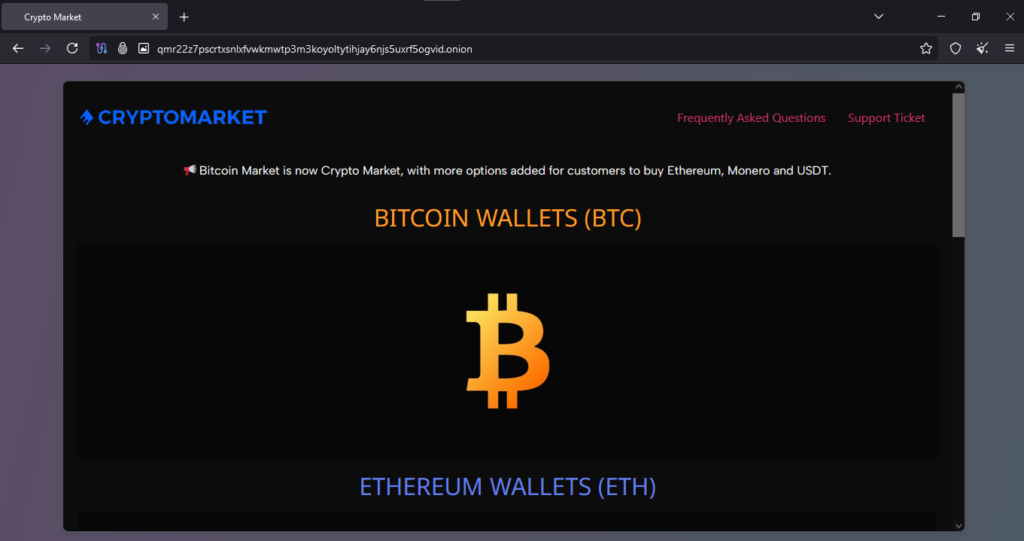Table of Contents
ToggleCrypto Market – TOR Scam Report (207)
Onion Link : http://qmr22z7pscrtxsnlxfvwkmwtp3m3koyoltytihjay6njs5uxrf5ogvid.onion/
Scam Report Date: 2025/02/08
Client Scam Report Breakdown
Original Report Summary:
The original scam report submitted by the client states: “I don’t know if this website is legal, can you help me?” While the report itself is brief, it suggests uncertainty about the legitimacy of a website, which may be operating in a gray area or engaging in outright fraudulent activities. The lack of details requires further investigation, including identifying the website in question, its purpose, and any warning signs of fraudulent behavior. Typically, reports like this arise when users come across marketplaces, service providers, or vendors who make dubious claims, offer illicit goods, or request payments through untraceable methods such as cryptocurrency.
Defining Terminology and Terms Throughout the Report
To fully assess the client’s concern, it is essential to define key terms relevant to online fraud detection. Legality refers to whether a website operates within the boundaries of national and international laws. Some websites may not be outright scams but could facilitate illegal transactions, such as darknet marketplaces selling controlled substances or fraudulent storefronts impersonating legitimate businesses. Scam indicators include factors such as an anonymous domain registration, lack of customer support, no verifiable reviews, or payment demands via irreversible methods like Bitcoin or Monero. If a site uses deceptive tactics—such as impersonating a well-known brand, guaranteeing unrealistic returns, or offering deals that seem too good to be true—there is a high likelihood of fraudulent intent. Additionally, the presence of malware or phishing attempts on a site can also indicate a scam, as some platforms aim to harvest personal and financial information rather than deliver actual products or services.
Final Analysis and Recommendations
Given the vague nature of the initial report, the next step would be to gather further information from the client. Key questions to ask include: What is the website’s URL? What specific concerns or red flags prompted suspicion? Has the client interacted with the website, attempted to make a purchase, or received any communication from its operators? Once these details are obtained, an in-depth review can be conducted to determine whether the site exhibits fraudulent behavior. If the site is found to be engaging in scams, the client should be advised to avoid further interactions, report the website to relevant authorities, and warn others who might be targeted. If the concern is about legality rather than outright fraud, a legal professional may be required to assess the jurisdictional implications of the site’s operations. In all cases, cautious online behavior, verifying sources, and avoiding transactions with unverified platforms are essential steps in mitigating the risk of scams.







